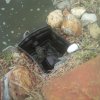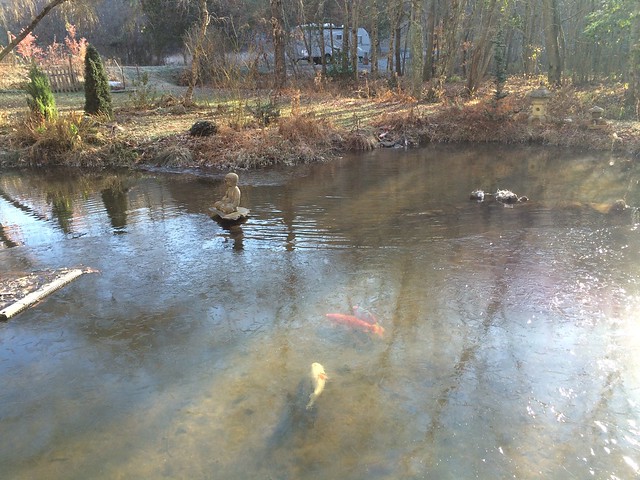Ted
The pilot formerly known as Twin Engine Ted
- Joined
- Oct 9, 2007
- Messages
- 29,906
- Display Name
Display name:
iFlyNothing
Our house has two fish ponds. Both are pretty small, and both have fish in them (goldfish). The one needs a new pump, which I'm going to order after I'm finished typing this up.
We aren't familiar with having fish ponds, so haven't been through the process before. With the weather warming up, it is obvious that there is a lot of algae that has grown on the rocks. The water has cleared up substantially after getting a lot of junk out with nets (we should've put covers on over the winter, but didn't).
What sort of chemicals, treatment, or other maintenance do you all recommend for your fish ponds? It seems the real issues are getting the algae off the rocks, and anything that's good for keeping it clear.
We aren't familiar with having fish ponds, so haven't been through the process before. With the weather warming up, it is obvious that there is a lot of algae that has grown on the rocks. The water has cleared up substantially after getting a lot of junk out with nets (we should've put covers on over the winter, but didn't).
What sort of chemicals, treatment, or other maintenance do you all recommend for your fish ponds? It seems the real issues are getting the algae off the rocks, and anything that's good for keeping it clear.



